The Dawn of the Undead: “White Zombie” and the Birth of Zombie Cinema
The year 1932 marked a quiet but profound revolution in cinematic horror with the premiere of “White Zombie.” Directed by Victor Halperin and brought to life by American studio Universal Pictures, this chilling production emerged from the flickering shadows of New York City movie houses. While the horror genre had already established its footing with monstrous figures like Dracula and Frankenstein, “White Zombie” introduced something entirely new and unsettling: the concept of the living dead, cementing the archetype of the zombie in the popular consciousness and laying the foundational stone for an entire subgenre that would captivate audiences for decades to come.
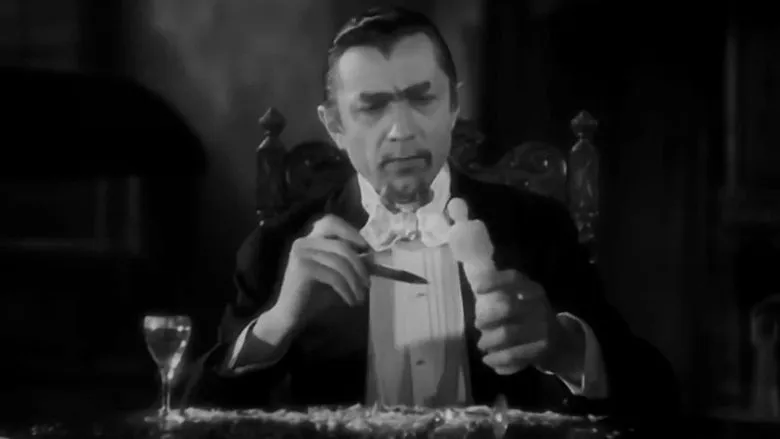 Image: Bela Lugosi as Murder Legendre captivating a woman in a still from “White Zombie.”
Image: Bela Lugosi as Murder Legendre captivating a woman in a still from “White Zombie.”
A Haitian Nightmare and Subversive Social Commentary
“White Zombie” masterfully crafts its macabre narrative against the exotic and mystical backdrop of Haiti. The film delves into the sinister realm of voodoo, where a malevolent sorcerer, Murder Legendre (portrayed with chilling gravitas by Bela Lugosi), possesses the power to resurrect the deceased and compel them into unthinking servitude. These early, pre-Romero zombies presented a stark contrast to their flesh-eating, terror-inducing descendants. Far from being bloodthirsty monsters, Halperin’s zombies are tragic figures, gaunt and glassy-eyed, evoking a sense of profound pity and sorrow rather than visceral fear.
Their plight, forced into relentless, backbreaking labor within a sugar mill, lends itself to a compelling and perhaps unintentional layer of social critique. Beyond the surface-level scares, “White Zombie” can be interpreted as a poignant allegory for the dehumanizing effects of industrial capitalism. The film visually articulates how monotonous tasks, exploitative working conditions, and meager compensation can strip individuals of their vitality, effectively transforming living, breathing human beings into a docile, compliant ‘living dead’ – a stark reflection of the impoverished and exploited labor class of the era.
 Image: Empty-eyed zombies toil endlessly in a sugar mill, a haunting depiction of forced labor in “White Zombie.”
Image: Empty-eyed zombies toil endlessly in a sugar mill, a haunting depiction of forced labor in “White Zombie.”
Critical Scrutiny and the Genesis of Zombie Horror
Unsurprisingly, as the world’s inaugural feature-length zombie film, “White Zombie” attracted a considerable amount of critical attention upon its debut. Reviews were diverse and often sharply divided. Contemporary publications like “The New York World-Telegram” dismissed the screenplay as “too absurd,” struggling to reconcile the bizarre supernatural elements with their understanding of cinematic horror. Similarly, “The New York Evening Post” criticized the film as a “childish” and derivative imitation of Universal’s earlier success, “Frankenstein.”
However, not all critics shared such dismissive views. A more discerning segment of reviewers lauded the film for its innovative and effective creation of an genuinely unsettling atmosphere, praising its eerie visuals and the unnerving performance by Lugosi. Despite the polarized professional reception, the film undeniably resonated with the broader audience. Its unique premise and gothic sensibility ignited a spark, initiating a wave of fascination with “zombie horror” that would slowly but surely permeate popular culture. “White Zombie” thus earned its place not by universal critical acclaim, but by its sheer boldness in pioneering an entirely new subgenre.
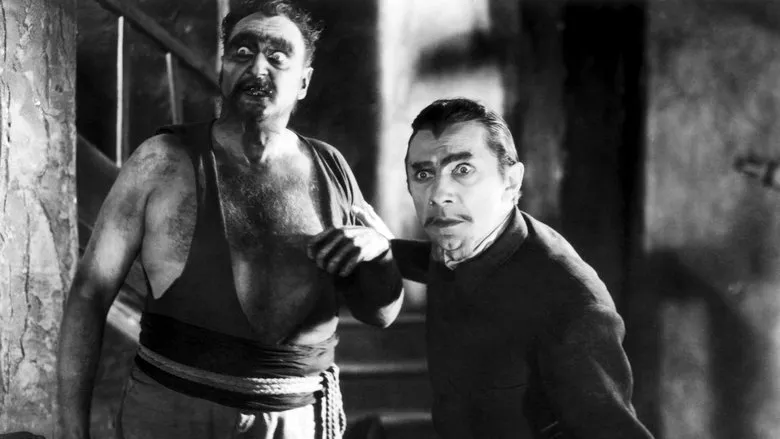 Image: Lugosi’s character, Murder Legendre, gazing intently at a woman seemingly under his spell in a scene from “White Zombie.”
Image: Lugosi’s character, Murder Legendre, gazing intently at a woman seemingly under his spell in a scene from “White Zombie.”
Cinematic Echoes: Sequels, Legal Battles, and the Evolving Trope
The groundbreaking success of “White Zombie” naturally opened new doors for director Victor Halperin, leading to a contract with Paramount Pictures. In 1940, he returned to the undead theme with “Revolt of the Zombies,” presented as a thematic successor to his original hit. This follow-up ambitiously expanded the lore, introducing the intriguing concept of ancient ‘zombie secrets’ inscribed on parchment, unearthed in Cambodia in the aftermath of World War I. The production even featured exotic footage shot on location amidst the magnificent ruins of Angkor Wat, aiming to replicate the mysterious allure of Haiti.
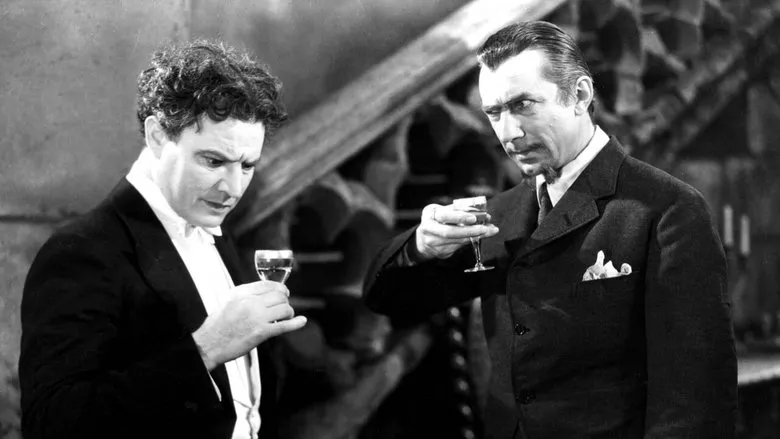 Image: A vintage movie poster for “Revolt of the Zombies,” showcasing its exotic setting and undead themes.
Image: A vintage movie poster for “Revolt of the Zombies,” showcasing its exotic setting and undead themes.
However, “Revolt of the Zombies” failed to capture the chilling magic of its predecessor and was poorly received by both critics and audiences. Adding to Halperin’s woes, he faced a lawsuit from the original backers of “White Zombie” for unauthorized use of the valuable “zombie” moniker. In a testament to how nascent and undefined the horror genre was at the time, Halperin ultimately lost the case, incurring $11,000 in damages and a prohibition from promoting “Revolt of the Zombies” as a “zombie film.” This curious legal battle highlights a period when the very term “zombie” itself was still transitioning from a specific cultural reference to a broad, public domain genre descriptor.
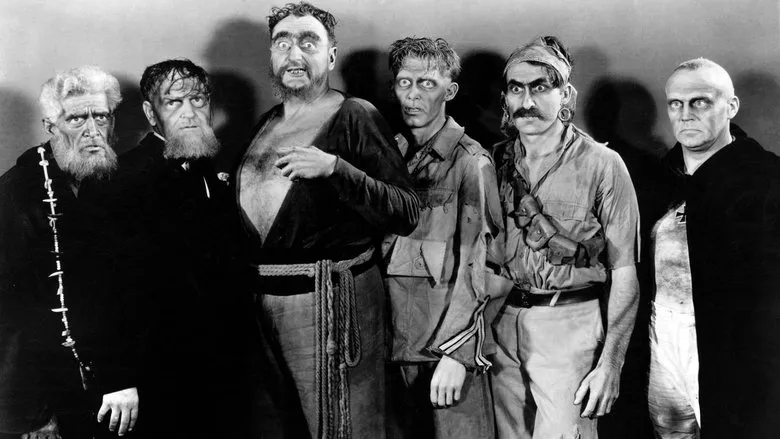 Image: The evocative black and white poster for Jacques Tourneur’s 1943 film “I Walked with a Zombie.”
Image: The evocative black and white poster for Jacques Tourneur’s 1943 film “I Walked with a Zombie.”
Three years later, in 1943, Jacques Tourneur’s atmospheric masterpiece “I Walked with a Zombie” was released, powerfully inheriting and expanding upon many elements first introduced in “White Zombie.” It skillfully revisited the eerily romantic Haitian plantation setting and delved deeper into the complex psychological implications of female zombies being enchanted and meticulously controlled by their manipulators. Critics of the time responded with an equally diverse range of opinions. “The New York Times,” echoing earlier criticisms, condemned the film for its “tedious and disgusting exaggeration of unhealthy, perverted ideas of life.” Yet, other critics lauded its distinctive “academic” quality and truly “unique” narrative approach. The film’s profound impact on audiences was undeniable, with enthusiastic viewers even writing to the production company, so deeply immersed were they in its world, inquiring about the precise location of the fictional zombie-infested plantation.
 Image: A shadowy figure escorts a woman in a white dress through a dark, mysterious setting in “I Walked with a Zombie.”
Image: A shadowy figure escorts a woman in a white dress through a dark, mysterious setting in “I Walked with a Zombie.”
The enduring allure of the undead continues to captivate audiences worldwide. From George Romero’s flesh-eating hordes that redefined the genre in the late 1960s to contemporary high-budget blockbusters and television series like “The Walking Dead,” zombie narratives remain a powerful and versatile canvas for exploring societal fears, human nature, and survival. For many Chinese movie fans, the classic “hopping” zombie films featuring the iconic Uncle Ying (Lam Ching-ying) represent a cherished memory, demonstrating the global and diverse reach of the zombie trope, a legacy that traces its foundational roots all the way back to Victor Halperin’s pioneering “White Zombie.”
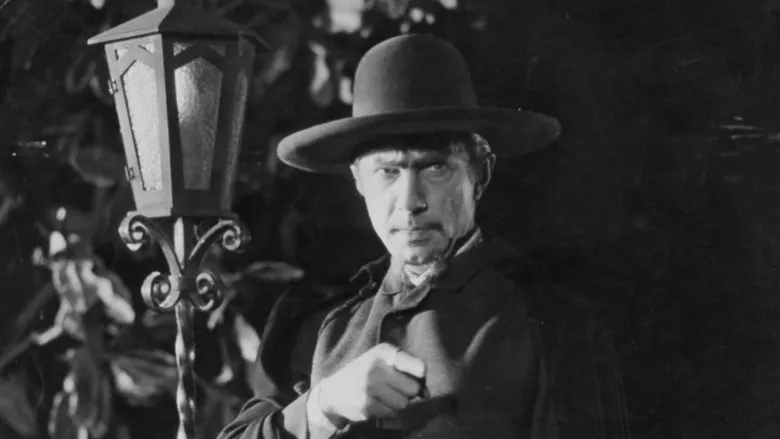 Image: A traditional ‘hopping’ Chinese zombie, or Jiangshi, a distinct cultural interpretation of the undead.
Image: A traditional ‘hopping’ Chinese zombie, or Jiangshi, a distinct cultural interpretation of the undead.
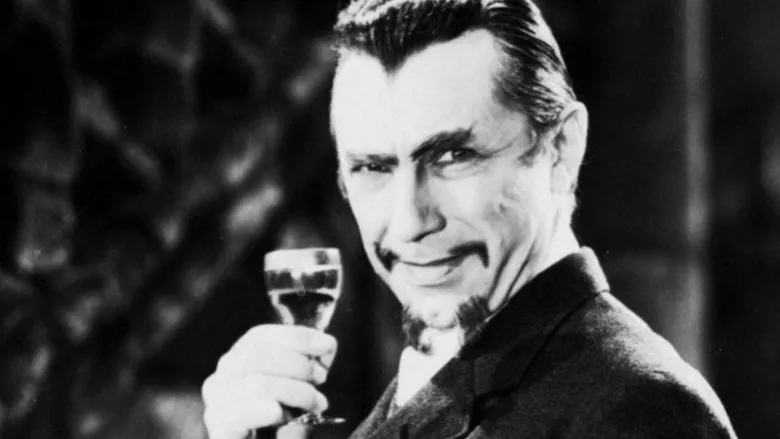 Image: An ominous and eerie collage of figures and monstrous hands, representative of the broader horror genre and the continuing evolution of the undead in media.
Image: An ominous and eerie collage of figures and monstrous hands, representative of the broader horror genre and the continuing evolution of the undead in media.